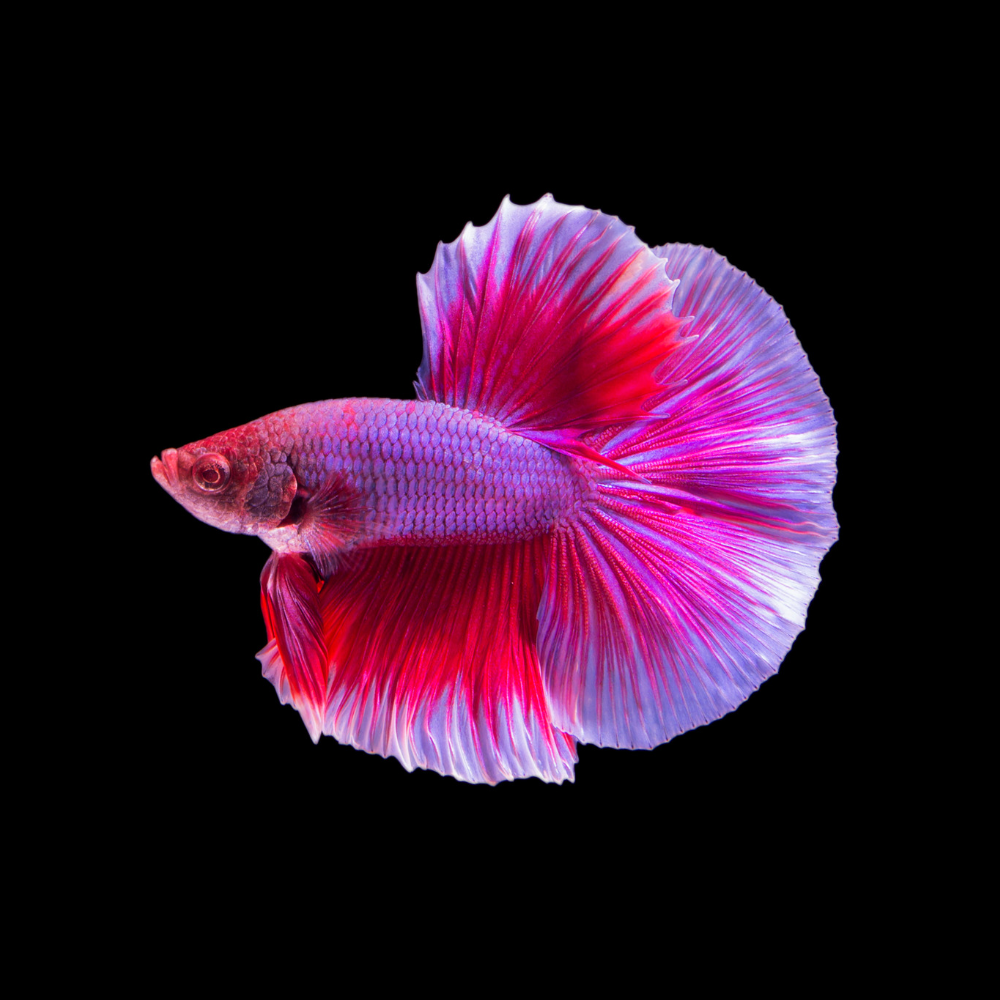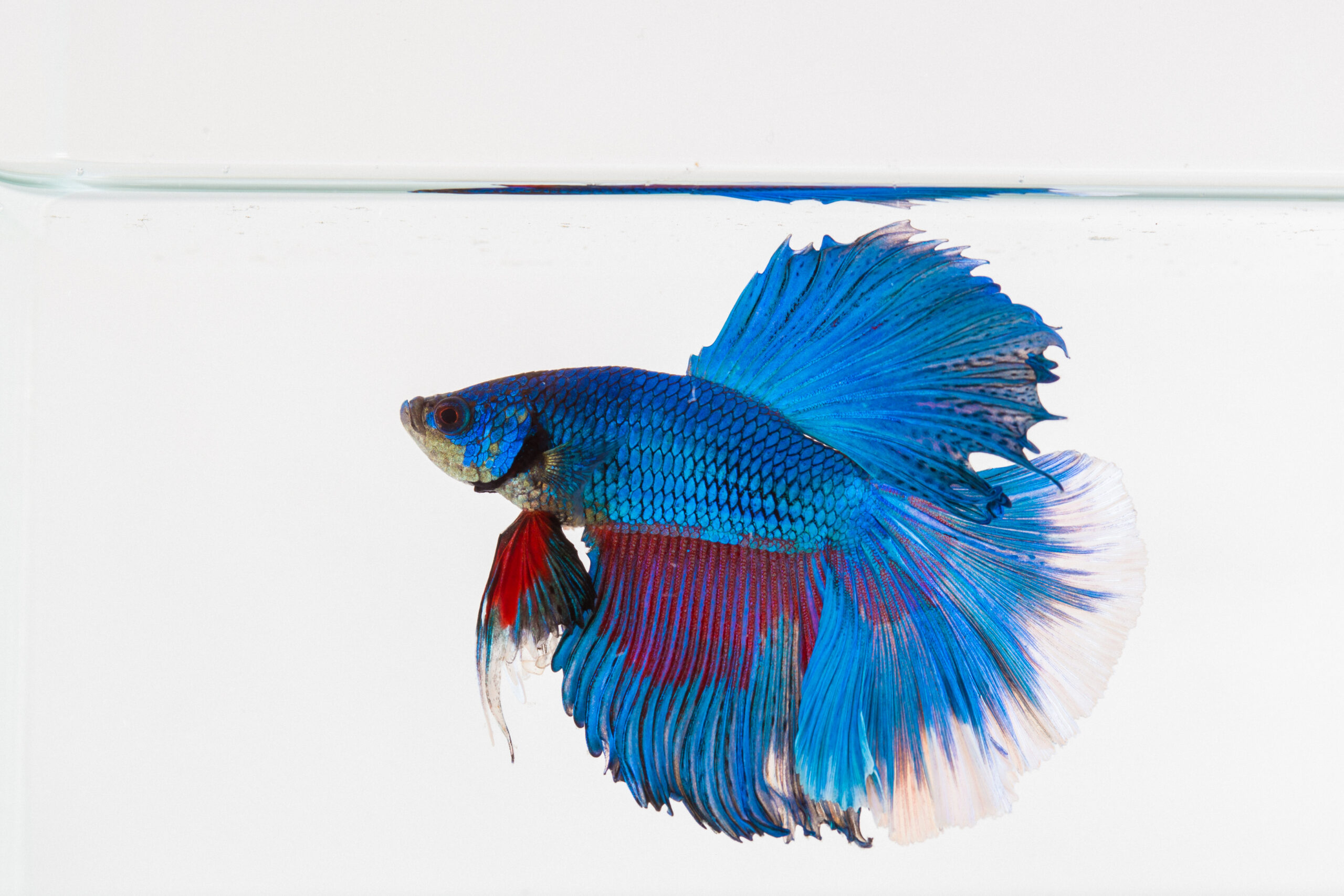Common Betta Fish Diseases and Just How to stop Them
Common Betta Fish Diseases and Just How to stop Them
Blog Article
How to Breed Betta Fish Effectively: Professional Methods and Insights for Hobbyists Looking to Increase Their Betta Collection
Reproducing Betta fish calls for a nuanced understanding of genes and ecological problems, making it essential for enthusiasts to come close to the process with both persistance and care. Developing an ideal breeding atmosphere, choosing the appropriate sets, and observing the complexities of their courtship behaviors are foundational actions that can dramatically impact the result.
Understanding Betta Fish Genes
Recognizing the genetics of Betta fish is important for successful breeding, as it affects attributes such as shade, fin shape, and actions. Betta fish display a diverse selection of colors and patterns, mainly determined by their hereditary makeup. The primary genes in charge of coloration include the "B" gene for blue, "D" gene for red, and the "C" genetics for color strength. Dog breeders can control these traits by choosing details moms and dad fish that show preferred features.
Along with coloration, fin morphology is an additional considerable element of Betta genetics (betta fish). The form and size of fins are influenced by numerous genetics, including those that establish whether the fins are brief, long, or veil-shaped. Comprehending these hereditary variations aids dog breeders predict the phenotypic outcomes of their offspring
Moreover, behavior qualities such as aggression and territoriality can likewise be affected by genes. These actions play a vital role in the reproducing procedure, as they can influence generating success and the overall personality of the resulting fry. By comprehensively comprehending these genetic principles, breeders can make informed choices, ultimately improving their breeding programs and attaining desirable outcomes.
Preparing the Breeding Atmosphere
Creating an ideal reproduction atmosphere is essential for the successful recreation of Betta fish. The very first step in preparing this environment is to choose an ideal breeding container, ideally ranging from 5 to 10 gallons. This dimension permits adequate swimming room and the establishment of areas. The container needs to be outfitted with a heater to preserve a secure temperature level between 78 ° F and 80 ° F, which is vital for encouraging spawning habits.
Following, take into consideration using a sponge filter or an air stone to offer mild water blood circulation without developing solid currents that can stress the fish. It is vital to set up plants or reproducing cones to use concealing places and advertise convenience for the female throughout the spawning procedure. Drifting plants, such as Java moss or water sprite, can additionally create a more natural environment while helping with bubble nest building by the male.
Before introducing the breeding sets, ensure the water is conditioned and without hazardous chemicals, such as chlorine or heavy metals. betta fish. Regular water changes should be performed to keep optimum water top quality, improving the possibilities of successful breeding. With these preparations in area, the reproducing atmosphere will support the health and health of both Betta fish
Picking Reproduction Pairs
Choosing the best breeding pairs is vital for accomplishing successful Betta fish recreation. When picking your breeding pairs, take into consideration a number of essential elements consisting of wellness, character, and genetics. Healthy and balanced Betta fish display vibrant shades, clear eyes, and active behavior. Picking fish that are devoid of disease makes certain a much better chance of generating feasible offspring.
Personality is one more important factor to consider, as Betta fish are known for their hostile nature. It is advisable to choose a male and female that display compatible personalities to minimize stress and anxiety during the reproducing procedure. A calm man can encourage a smoother courtship, while a woman that is also aggressive might interrupt the process.
Genetic background also plays a significant duty in the top quality of the offspring. Breeding fish our website that are genetically diverse can reduce the threat of genetic health issues and enhance the total vigor of the fry. It is beneficial to look into the lineage of both the male and lady, concentrating on desirable traits such as fin type, i loved this color scheme, and size.
The Breeding Refine
The breeding procedure of Betta fish needs cautious preparation and focus to detail to guarantee an effective outcome. It is crucial to prepare a suitable breeding tank, ideally a 5-10 gallon fish tank with a temperature level preserved at 78-80 ° F. The tank must be geared up with a heating system, filter (ideally sponge kind to stay clear of solid currents), and lots of water plants for the woman to hide.
As soon as the environment is set, introduce the chosen breeding set to the container, allowing them to acclimate. Observe their actions; the man will show intricate courtship routines, consisting of flaring his fins and developing a bubble nest. If the woman reveals interest, she will certainly show vertical red stripes showing preparedness for spawning.
When the woman is receptive, both will participate in a mating accept, during which the male feeds the eggs. It is critical to check their interactions carefully, as the male may come to be aggressive. After generating, get rid of the female to stop potential harm. The male will tend to the eggs, which generally hatch within 24-36 hours. Maintaining optimum water conditions throughout this period is essential for the development of healthy Betta fry.
Taking Care Of Betta Fry

Feeding Betta fry is important, as they need a diet plan high in healthy protein. They can be fed infusoria or liquid fry food, transitioning to carefully crushed high-quality pellets as they expand. Feed little sections numerous times a day to motivate healthy and balanced development without straining the tank with uneaten food.

As they grow, monitor their development closely and separate any kind of hostile people to avoid damage. By offering a nurturing environment and appropriate nourishment, hobbyists can effectively elevate Betta fry into vivid, healthy fish, inevitably enhancing their breeding endeavors.
Final Thought
Successful Betta fish breeding requires precise interest to genetic choice, environmental conditions, and care for the fry. By comprehending the genetics of Betta fish and preparing a suitable breeding atmosphere, hobbyists can improve the chances of producing dynamic, healthy offspring.
Report this page